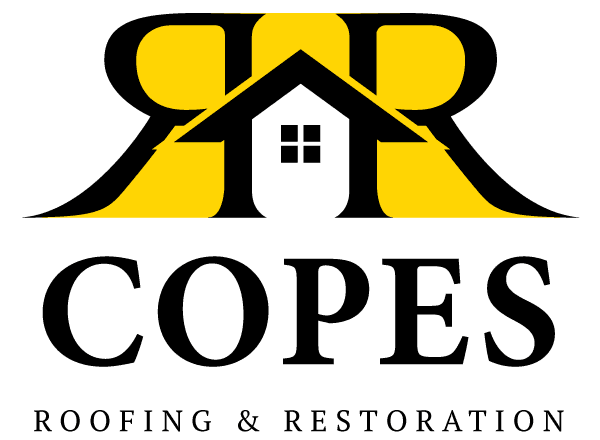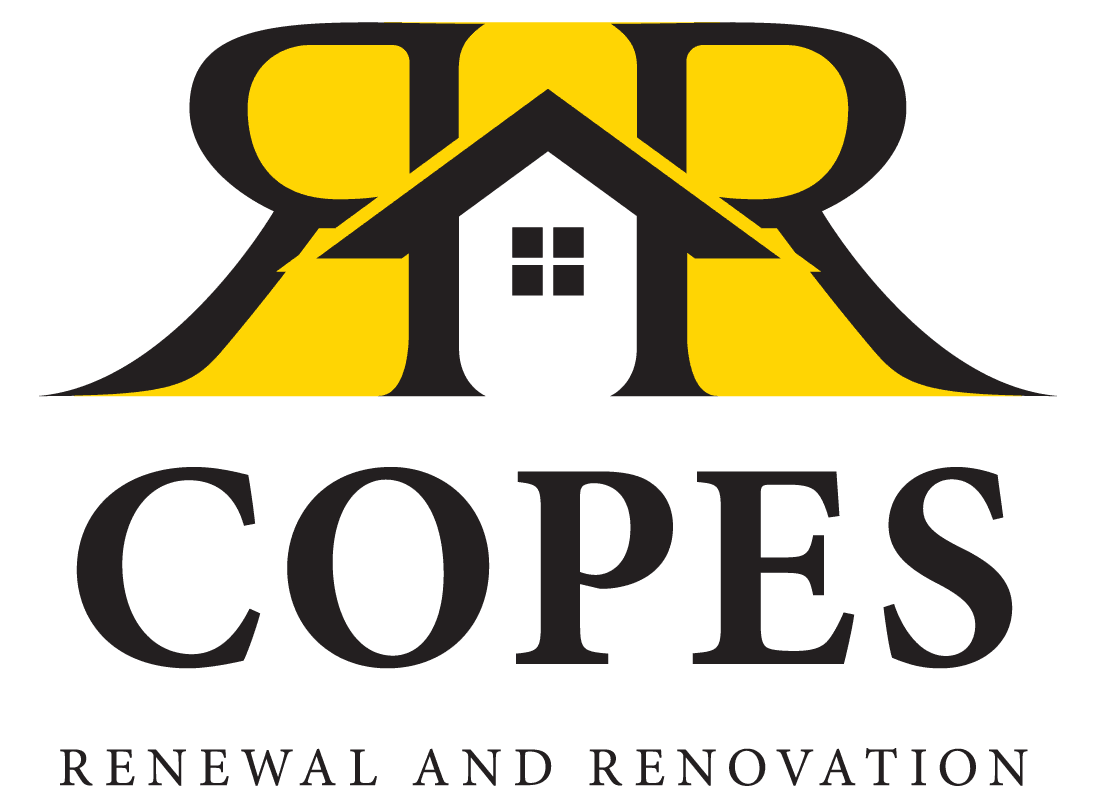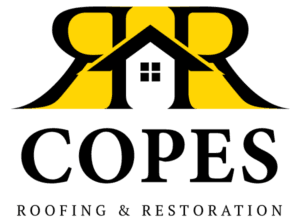When your roof suffers damage, navigating the insurance claims process can feel overwhelming. Understanding how to properly file a claim and work with your insurance provider is crucial to getting the coverage you deserve for your roof replacement. Many homeowners don’t realize that their roofing insurance policy may cover most or all of the costs associated with roof damage.
Don’t face this complex process alone. Copes R&R Construction specializes in helping homeowners successfully navigate roofing insurance claims. Our experienced team can guide you through each step and maximize your chances of approval.
5 Types of Damage Typically Covered by Roofing Insurance
Wind Damage
Wind damage is one of the most common types of roof damage covered by insurance policies. Strong winds can lift and remove shingles, creating vulnerable spots on your roof that may lead to leaks. In severe cases, wind can damage the underlying structure, compromising your roof’s integrity. A standard homeowners policy covers wind damage as it’s considered a sudden, unexpected event rather than gradual wear and tear.
Hail Damage
Hail can cause significant damage to roofing materials, creating dents, cracks, and granule loss on asphalt shingles. These impacts may not cause immediate leaks but can shorten your roof’s lifespan by weakening its protective capabilities. An insurance agency usually covers hail damage because it results from a severe weather event that’s beyond the homeowner’s control.
Fallen Tree Damage
An insurance provider usually covers damage from fallen trees or branches. This type of damage can be severe, potentially causing structural issues beyond just the roofing material. Your policy details will cover both the roof repairs and the tree removal if it was healthy and fell due to a covered event like a storm or lightning strike.
Fire Damage
Fire damage to your roof, whether from an external source like a wildfire or an internal issue like an electrical fire, is generally covered by homeowners insurance policy. This includes damage from the flames themselves, as well as smoke damage and water damage that results from firefighting efforts. Even if only a portion of your roof is directly affected by fire, your insurance may cover a complete replacement if restoration isn’t feasible.
Water Damage
Water damage to your roof is covered by insurance when it results from a covered peril, such as a storm that creates an opening in your roof. This might include situations where heavy rainfall enters through roof damage caused by wind or falling debris. However, it’s important to note that water damage from long-term leaks or poor maintenance is typically excluded.
A Step-By-Step Guide to Roofing Insurance Claims
- Document the damage immediately – Take clear, dated photos and videos of all visible roof damage from safe vantage points, both inside and outside your home. This photo documentation serves as crucial evidence for your claim.
- Review your roofing insurance policy – Carefully read your policy to understand what types of roof damage are covered, your deductible amount, and any special requirements for filing claims.
- Contact your insurance company promptly – Call your insurance agent to report the damage and start the claims process. Give them basic information about what happened and when the damage occurred.
- Schedule a professional roof inspection – Hire a reputable roofing contractor like Copes R&R Construction to assess the damage and provide a detailed report with repair or replacement recommendations.
- Meet with the insurance adjuster – When the insurance company sends an adjuster to your property, have your roofing contractor present to point out all damage and advocate for proper repairs.
- Review the settlement offer carefully – Once the adjuster completes their assessment, you’ll receive a settlement offer detailing what the insurance company will cover.
- Appeal if necessary – If the settlement seems inadequate, you can appeal the decision by providing additional documentation or requesting a second inspection.
- Select a reputable contractor – Choose a licensed and insured contractor with experience handling roofing insurance claims to complete your roof replacement.
- Keep all receipts and documentation – Maintain thorough records of all repair costs, communications with your insurance company, and completed work for warranty purposes.
- Complete a final inspection – After the roof replacement is finished, have a final inspection conducted to ensure all work meets quality standards and building codes.
5 Benefits of Working with a Professional Contractor for Your Roofing Insurance
Expert Damage Assessment
Professional roofing contractors have the training and experience to identify all types of roof damage, including issues that might not be immediately visible to homeowners or insurance adjusters. They know exactly what to look for when assessing types of damage that might qualify for roofing insurance coverage. This thorough evaluation ensures that all legitimate damage is documented and included in your claim, preventing overlooked issues that could lead to more serious problems later.
Insurance Claims Advocacy
Experienced roofing contractors understand insurance terminology and requirements. They can explain technical aspects of the damage and necessary repairs in terms that insurance companies recognize and accept. Many professional contractors, including Copes R&R Construction, have established relationships with insurance companies and know how to navigate the claims process efficiently. This increases your chances of approval and fair compensation.
Documentation Assistance
Professional contractors provide comprehensive documentation that strengthens your roofing insurance claim. These professionally prepared materials carry more weight with insurance companies than homeowner-gathered evidence alone. It will help justify the necessity of repairs or replacement based on industry best practices and building codes.
Quality Workmanship and Materials
Working with a professional roofing contractor ensures that your roof replacement meets industry standards and building codes. Reputable contractors use high-quality materials and proper installation techniques that will satisfy roofing insurance requirements and manufacturer specifications. This quality work not only restores your roof’s integrity but also maintains your warranty coverage and may help prevent future insurance claim issues.
Time and Stress Reduction
Navigating the roofing insurance claims process can be time-consuming and stressful for homeowners. Professional contractors handle much of this burden by communicating directly with insurance companies, preparing documentation, and managing paperwork. They understand the timeline expectations and follow-up procedures that keep roof claims moving forward efficiently.
Conclusion
Successfully navigating the roofing insurance claims process requires careful documentation, understanding of your policy, and professional guidance. By following the steps outlined in this guide and working with experienced contractors, you can significantly improve your chances of getting your insurance company to cover your roof replacement costs.
Copes R&R Construction specializes in helping homeowners through every stage of the roof insurance claims process. Our team works directly with your insurance company to ensure you receive the coverage you deserve. Schedule an appointment today for a comprehensive roof inspection and personalized assistance with your insurance claim. For more tips and information about our services, visit our Facebook page, where we regularly share helpful content about roofing and insurance matters.


